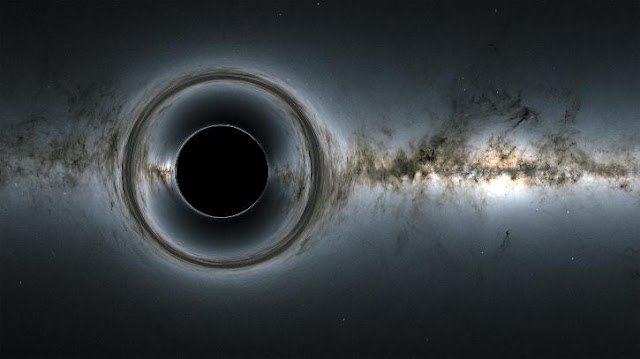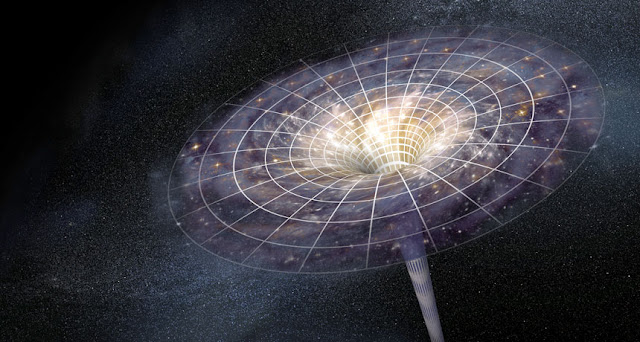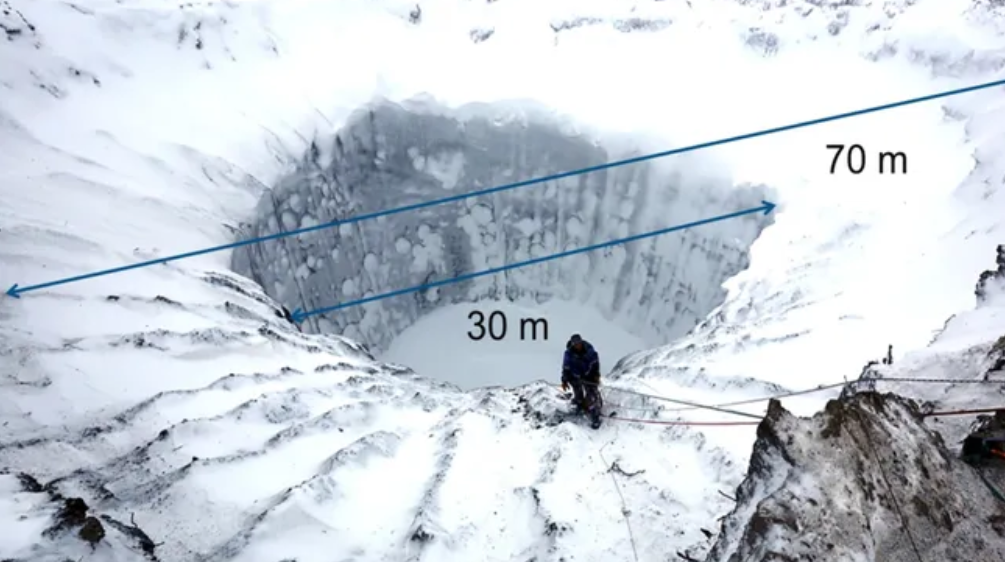Today, August 29, at 12:33 UTC, the Artemis 1 megarocket will lift off from the Kennedy Space Center’s Launch Complex 39B to explore the moon and open the door to future Artemis Space Missions. But unlike regular space missions, the Artemis 1 is indeed a special one for humanity. This mission is about to open the door to human colonization of the moon and Mars. But how can we actually attain such a milestone with several challenges facing humanity in deep space? You are about to find out how the Artemis Space Program Will Open the Door to Colonizing Moon and Mars.

How The Artemis Space Program Started
After the Apollo Space Program was officially closed in 1975, NASA began to look forward to a promising future of space exploration. Since the space agency successfully put the first man on the moon in 1969, they knew that can do the same and more with future space technologies.
But after the last NASA astronaut left the lunar surface in December 1972, no human ever reached the moon again in the 20th century. At the beginning of the 21st century, NASA began to see the possibilities of returning humans to the moon and beyond.
To do this, the agency established the Constellation Program in 2004. However, the constellation program was later canceled in February 2010 to allow commercial flights to the ISS and reduce the cost of spaceflights. In December 2017, the Artemis Space Program was established to return humans to the moon. NASA planned this program in four different mission timelines, which are the Artemis 1, 2, 3, and 4 missions.
How NASA Planned The Artemis Space Program
The Artemis 1 mission is the uncrewed test spaceflight, whereby the Orion Spacecraft will fly by the moon and prove that it is sophisticated enough to protect the astronauts during its next crewed flight to the moon. Hence, the Artemis 1 mission will have robots and mannequins aboard the Orion Spacecraft. The Artemis 2 will likely commence in May 2024 as the first crewed mission beyond low Earth Orbit since 1972.
During the Artemis 2 mission, the crew will conduct a lunar flyby test flight and return to Earth afterward. The Next is the Artemis 3 mission which will commence in 2025. This launch will serve as the second crewed mission under the Artemis Space Program. NASA planned to land astronauts on the moon during the Artemis 3 space mission. The Artemis 4 will be the next mission after the Artemis 3.
NASA plans to dock with the Lunar Gateway in 2027 under the Artemis 4 mission. But what is next after the Artemis 4? NASA is aiming to continuously conduct future yearly landings on the lunar surface after the Artemis 4 mission.
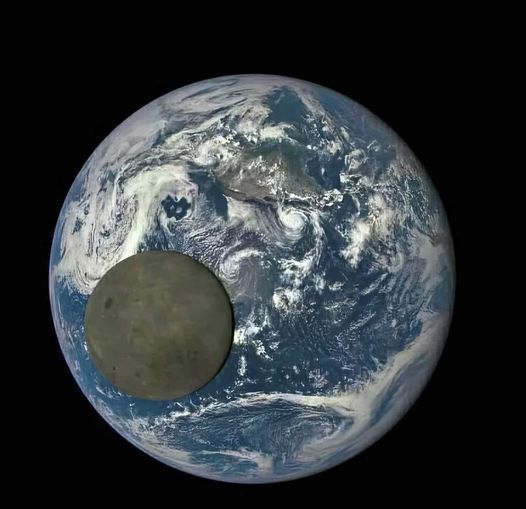
How The Artemis Space Program Will Open The Door To Colonizing Moon And Mars
After Neil Armstrong step his foot on the moon for the first time in 1969, the entire world celebrated the milestone humanity has attained in technological advancement and exploring a new space world. The Apollo Space Program ended with a lot of inspiration and motivation for the future generation.

With the knowledge obtained from the Apollo program and advancements in technology, the Artemis Space Program was planned to return humans to the moon for the first time in the 21st century. However, we are not just visiting the moon as we did during the Apollo Programs. NASA is planning to create a long-term presence on the moon starting with its Artemis Program.
Long-term presence implies that we are getting closer to colonizing the moon. However, the colonization of the moon and Mars will follow a gradual process to ensure that no stone was left unturned. The first step towards achieving such a milestone is to successfully land humans on the lunar surface under the Artemis 3 mission.
The outcome of the Artemis 3 mission highly depends on the success of Artemis 1 and 2. NASA is already on the move to launch the Artemis 1 on August 29, and the Artemis 2 in May 2024. With the efforts made by NASA scientists and engineers, we are assured that the Artemis 1 will record tremendous success and open the door to future Artemis missions.
Note that NASA is already planning a future yearly landing on the moon after the Artemis 4 mission in 2027. This yearly landing will deliver supplies and astronauts that will establish a permanent presence on the moon before the end of this decade. This implies that Astronauts will continue to conduct scientific experiments on the moon until we gradually colonize the Lunar surface.
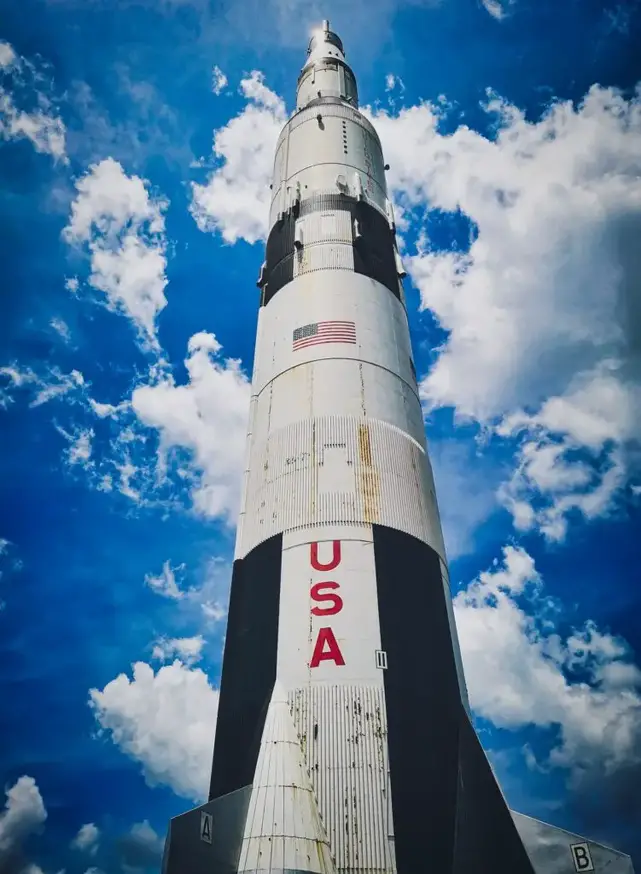
The success of Artemis 3 and 4 missions will determine if NASA will be sending the first human to visit Mars before 2040. With the knowledge obtained from exploring the lunar surface, Astronauts will learn how to survive on Mars and possibly establish a permanent human presence on the Martian surface. If everything goes as planned we may have astronauts on the moon and Mars before 2050.
As the Artemis 1 mission is commencing today, August 29, at 8:33 a.m. EDT, endeavor to watch it live. See how to watch the Artemis 1 Launch.
Conclusion
As the Artemis 1 mission commences today, NASA is optimistic about putting humans on the moon by 2025 under its Artemis 3 mission. However, the success of Artemis 1 will determine the future of Artemis Space Programs.
With the effort made so far, the Artemis 1 mission will record great success, thereby creating a promising future for other Artemis missions. The outcome of the Artemis space program will surely open the door to colonizing the moon and mars in the future. What do you think about the future of humanity in deep space?


